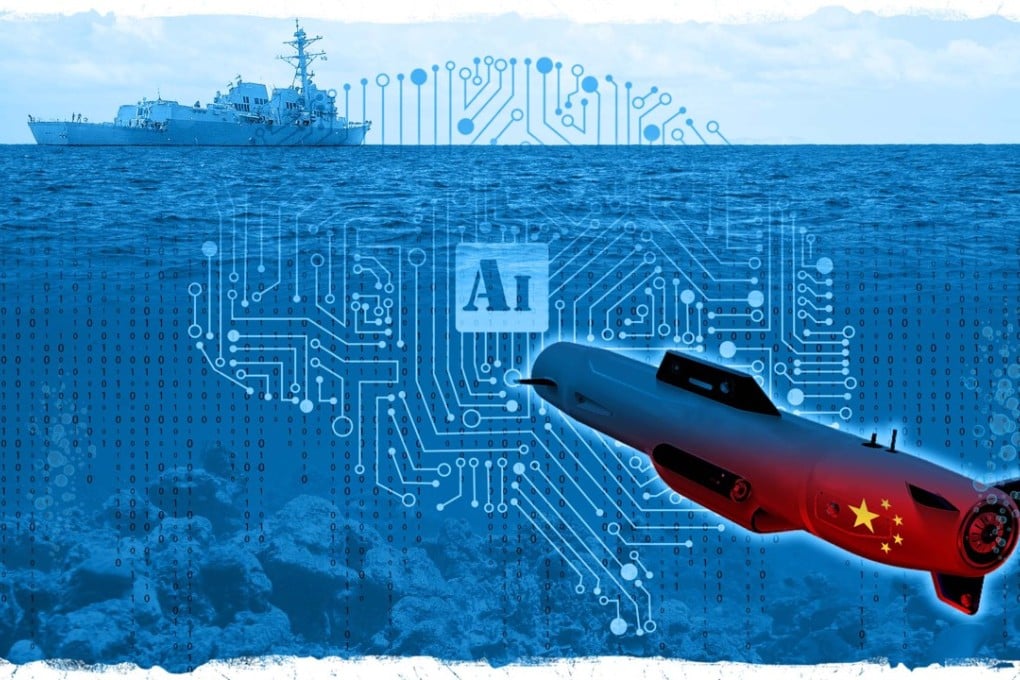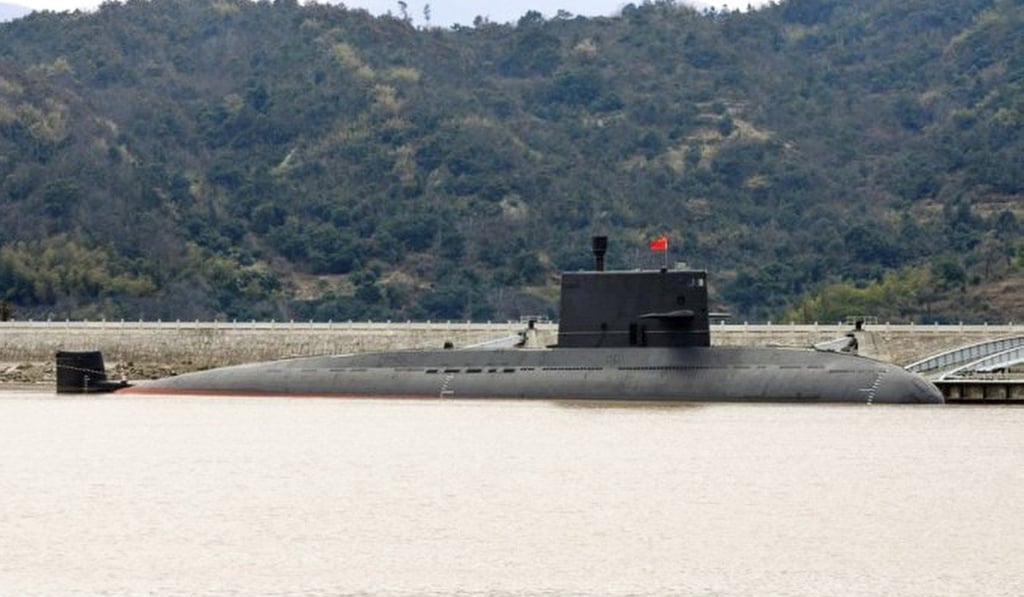China military develops robotic submarines to launch a new era of sea power
Unmanned AI subs, expected in the 2020s, could challenge the advantage Western naval powers have in strategic waters like the South China Sea

China is developing large, smart and relatively low-cost unmanned submarines that can roam the world’s oceans to perform a wide range of missions, from reconnaissance to mine placement to even suicide attacks against enemy vessels, according to scientists involved in these artificial intelligence (AI) projects.
The autonomous robotic submarines are expected to be deployed in the early 2020s. While not intended to entirely replace human-operated submarines, they will challenge the advantageous position established by Western naval powers after the second world war. The robotic subs are aimed particularly at the United States forces in strategic waters like the South China Sea and western Pacific Ocean, the researchers said.
The project is part of the government's ambitious plan to boost the country's naval power with AI technology. China has built the world's largest testing facility for surface drone boats in Zhuhai, Guangdong province. Military researchers are also developing an AI-assisted support system for submarine commanders. As the South China Morning Post reported earlier this year, that system will help captains make faster, more accurate judgments in the heat of combat situations.
The new class of unmanned submarines will join the other autonomous or manned military systems on water, land and orbit to carry out missions in coordinated efforts, according to the researchers.
The submarines will have no human operators on board. They will go out, handle their assignments and return to base on their own. They may establish contact with the ground command periodically for updates, but are by design capable of completing missions without human intervention.

But the researchers also noted that AI subs had limits, especially at the early stages of deployment. They will start with relatively simple tasks. The purpose of these projects is not to replace human crews entirely. To attack or not to attack, the final decision will still be in the hands of commanders, the researchers said.